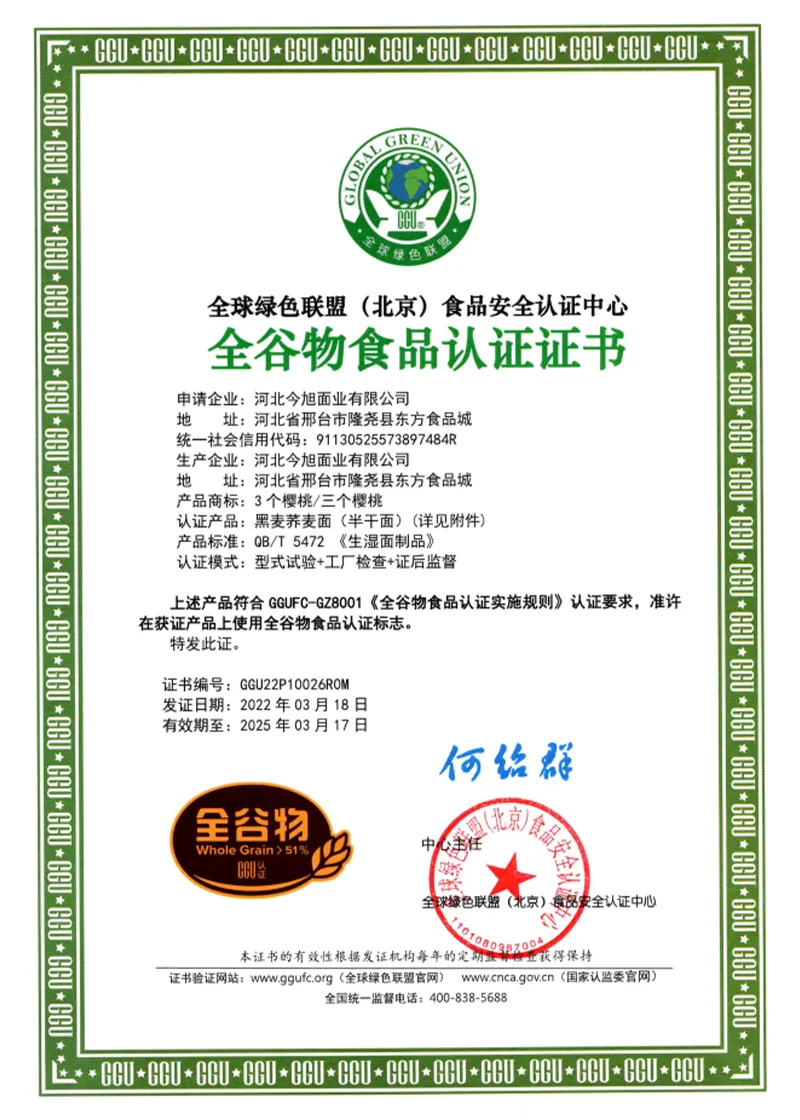handmade noodles china
Handmade Noodles in China A Culinary Tradition
Noodles are an integral part of Chinese cuisine, with a rich history that dates back thousands of years. Among the diverse types of noodles found across the country, handmade noodles stand out due to their unique texture, flavor, and cultural significance. This article explores the art of making handmade noodles in China, the various regional styles, and their role in Chinese gastronomy.
The Art of Noodle Making
The process of making handmade noodles is an intricate and skillful endeavor that requires both technique and creativity. Unlike machine-made noodles, which are uniform and mass-produced, handmade noodles are crafted through a labor-intensive process that reflects the artisan’s dedication. The primary ingredients are simple flour and water. However, the magic lies in the mixing, kneading, and pulling of the dough.
To start, flour is mixed with water to form a dough. The dough is then kneaded until it reaches the right consistency—smooth and elastic. This is a crucial step, as the texture of the noodle greatly depends on the dough's quality. Once kneaded, the dough is allowed to rest, which helps to relax the gluten, making it easier to shape.
The next phase involves stretching and pulling the dough into thin strands. This can be done by hand or using a wooden rod, depending on regional techniques. In some areas, the dough is rolled out and cut into strips, while in others, it is repeatedly stretched and folded to create long, thin noodles. The method chosen often reflects local traditions passed down through generations.
Regional Varieties
China is home to numerous regional styles of handmade noodles, each with its own characteristics and culinary identity. For instance, in the northern provinces, such as Shanxi and Shaanxi, you will find biangbiang noodles, known for their wide and thick texture. The name “biang” is famously complicated to write and pronounce, reflecting the complexity of the dish's preparation.
In contrast, the southwestern region, particularly Sichuan, is renowned for its spicy dandan noodles. These noodles are typically topped with a rich, savory sauce made from ground pork, sesame paste, and chili oil, embodying the bold flavors of Sichuan cuisine.
handmade noodles china

Moving southeast, one can find the delicate rice noodles of Guangxi. These noodles are often served in refreshing dishes such as luosifen (snail rice noodle soup), which combines robust broth, marinated ingredients, and various toppings, showcasing the diversity in noodle dishes across the country.
Cultural Significance
Handmade noodles are not just a food item; they symbolize craftsmanship, tradition, and family. In many households, the process of noodle making is a communal activity, where family members gather to prepare the dough and shape the noodles together. This fosters a sense of togetherness and creates cherished memories.
Moreover, noodles hold cultural significance in various Chinese festivals and celebrations. For instance, during the Lunar New Year, long noodles symbolize longevity and good fortune. It is customary to eat them without cutting, emphasizing the idea of a long life ahead.
Modern Adaptations
As global culinary trends evolve, handmade noodles continue to adapt while retaining their traditional roots. Many modern chefs are exploring innovative toppings and fusion flavors, pairing handmade noodles with international ingredients. This blend of tradition and modernity has contributed to the growing popularity of handmade noodles outside of China, appealing to a broader audience.
In recent years, noodle-making workshops have emerged in cities worldwide, allowing people to immerse themselves in this ancient craft. These workshops not only promote the appreciation of handmade noodles but also provide a platform for cultural exchange, connecting people through food.
Conclusion
Handmade noodles are a testament to China's rich culinary heritage. Through their intricate preparation process, regional diversity, and cultural significance, these noodles encapsulate the essence of Chinese gastronomy. Whether enjoyed in a bustling street market or a family kitchen, handmade noodles tell a story of tradition, craftsmanship, and community—a delicious reminder of the long-standing history behind one of China’s most beloved staples.
-
Unleash Your Inner Chef with Delectable Italian Pasta CreationsNewsAug.01,2025
-
Savor Health and Flavor: Irresistible Soba Noodles for Sale Await!NewsAug.01,2025
-
Nourish Your Body with Premium Organic Ramen - A Culinary Delight AwaitsNewsAug.01,2025
-
Elevate Your Dishes with Our Exquisite Kinds of Egg NoodlesNewsAug.01,2025
-
Dive into Flavorful Convenience with Our Ramen OfferingsNewsAug.01,2025
-
Discover Exquisite Types of Naengmyeon and Chilled Soba NoodlesNewsAug.01,2025
-
Is Whole Wheat Pasta Healthy?NewsMay.30,2025
Browse qua the following product new the we

















































































































